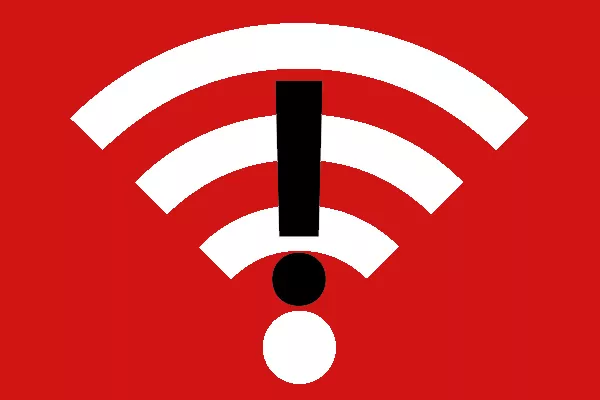
The lack of access — and the disparity between the number of girls and boys offline — poses serious risks that women will be left behind economically in an increasingly digitally connected world.
Washington, Apr 27 (RHC) About 90% of adolescent girls and young women do not use the internet in low-income countries, while their male peers are twice as likely to be online, according to a new UNICEF analysis.
The lack of access — and the disparity between the number of girls and boys offline — poses serious risks that women will be left behind economically in an increasingly digitally connected world, the report from UNICEF said.
Adolescent girls and young women are being “shut out when it comes to digital skills,” it said.
About 78% of young men and teenage boys in the poorest countries are offline, according to UNICEF, which in its report examined data usage in 54 mostly low-income nations.
This translates to about 65 million adolescent girls and young women aged 15-24 who don’t have access to the internet, versus some 57 million of their male peers.
On average across 32 countries and territories, girls are 35% less likely than their male peers to have digital skills, including simple activities like copying or pasting files or folders, sending emails, or transferring files.
For example, even within the same home, girls are far less likely than boys to access or be able to make full use of the internet and digital technologies. Across 41 countries and territories included in the analysis, households are much more likely to provide mobile phones for boys than girls.
Barriers to accessing opportunities to higher learning and the labor market, pervasive discriminatory gender norms and stereotypes, and concerns over online safety, may further restrict girls’ digital access and skills development, said UNICEF. (Source: Prensa Latina).

